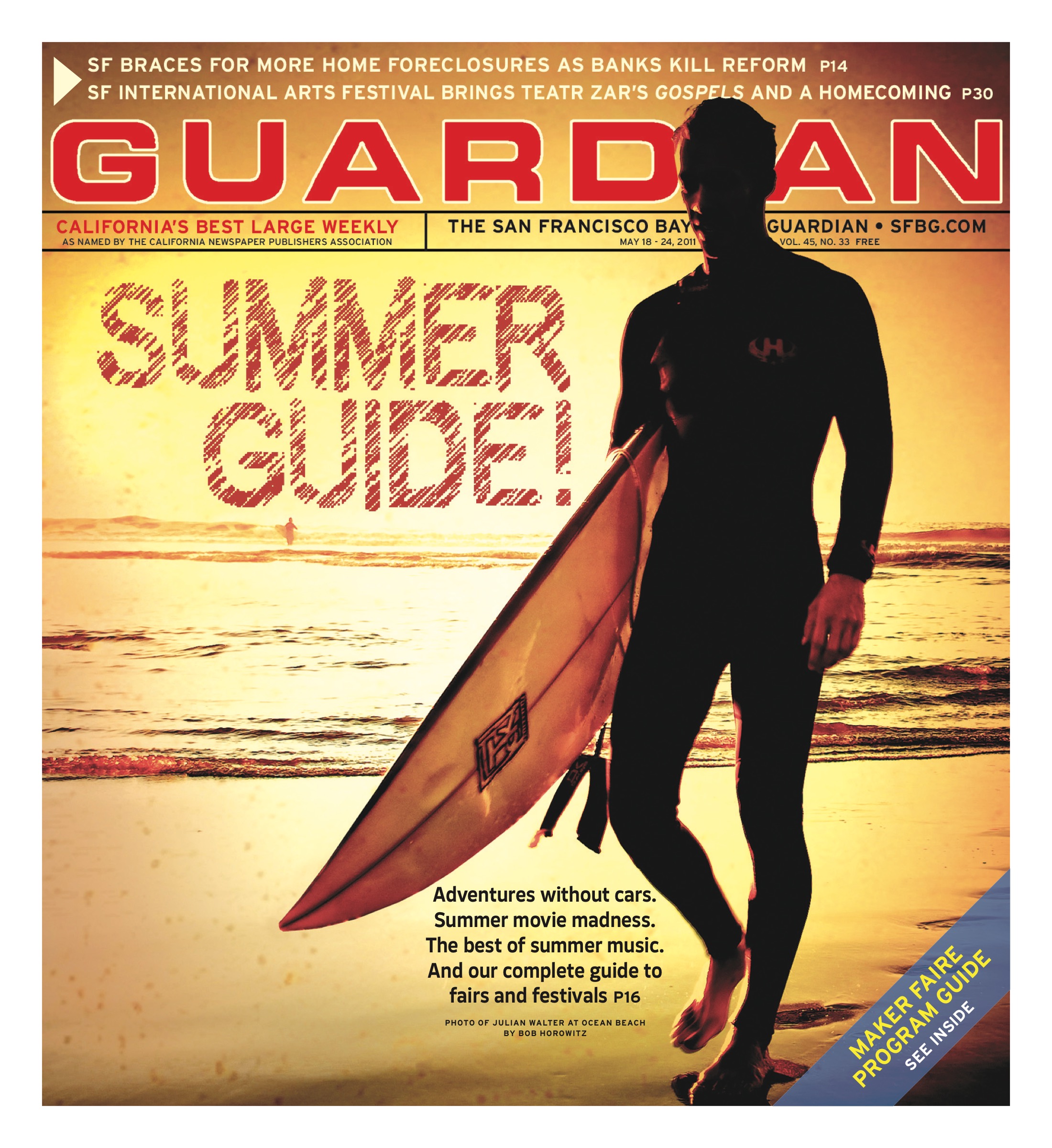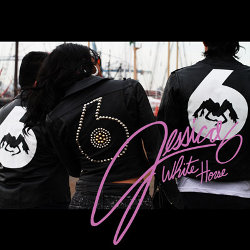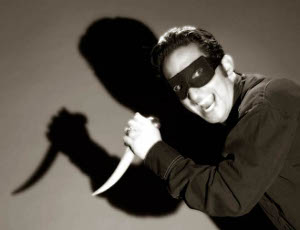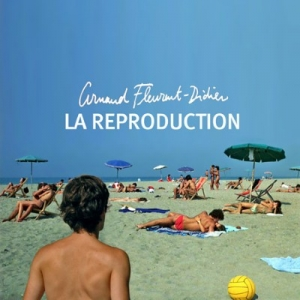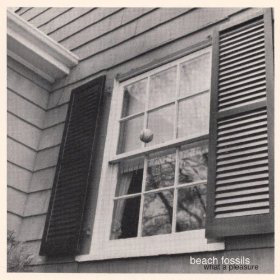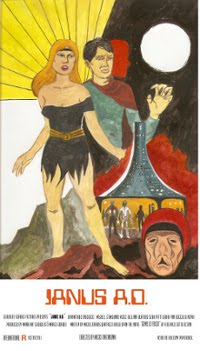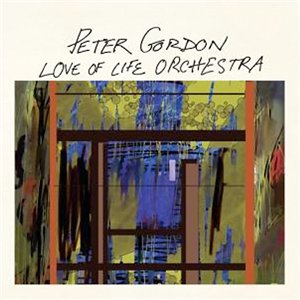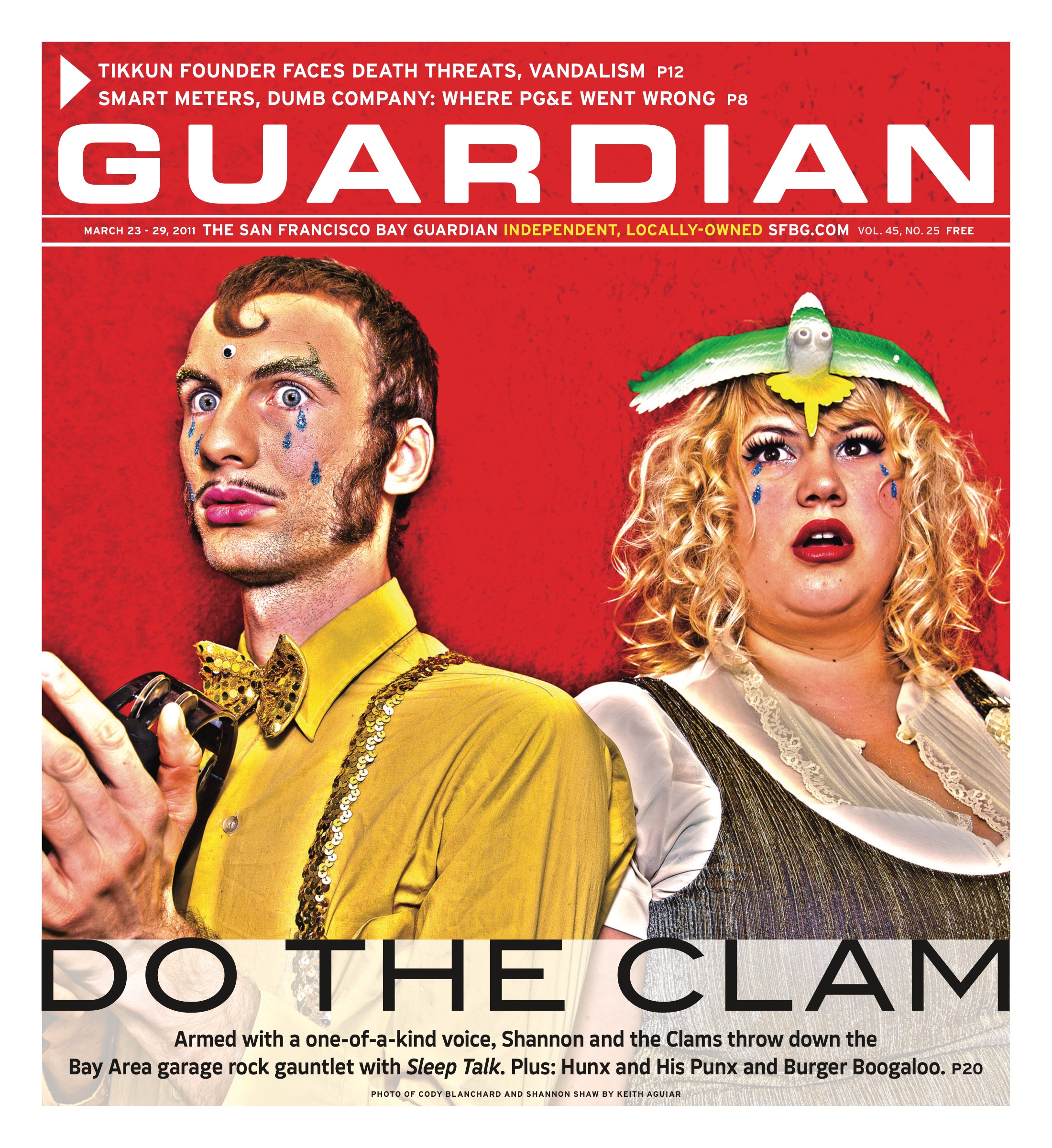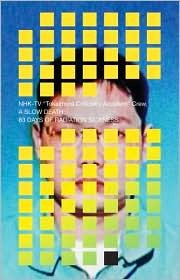arts@sfbg.com
Live music in the Bay Area this summer is bracketed by festivals, from the lowercase indoor venue indie pop of the San Francisco Pop Fest on Memorial Day weekend to the outdoor mid-August convergence of Outside Lands. The guide below aims to name some highlights from a wide variety of genres, with an emphasis on rare and first-time appearances in the Bay Area.
MAY 25-29
San Francisco Pop Fest The lineup includes groups and songwriters from the post-punk (The Undertones) and C86 (14 Iced Bears, Phil Wilson) eras, the Sarah Records’ band Aberdeen, some indie pop faves of the present (Allo Darlin’, The Beets), and more than a few local groups (The Mantles, Brilliant Colors, Dominant Legs, Terry Malts, The Art Museums). Various venues, www.sfpopfest.com.
MAY 29
Mobb Deep The East Coast rap duo hits the stage in SF for the first time in years. Mezzanine, www.mezzaninesf.com .
JUNE 2-3
Architecture in Helsinki The band of five Australian multi-instrumentalists tours in support of its fourth album (and first on Modular). Great American Music Hall and Slim’s; www.gamh.com , www.slims-sf.com .
JUNE 3-4
Bluegrass for the Greenbelt Presented by Slim’s, an overnight concert — with more music on the second day — benefiting the Greenback Alliance, with camping for up to 200 people who bring tents. Dunsmuir-Helman Estate, Oakl.; www.slims-sf.com .
JUNE 7
Omar Souleyman After releases on Sublime Frequencies, the Dabke idol brings the sounds of Syria to SF, with a Björk collaboration set for release. Mezzanine, www.mezzaninesf.com .
Orange Goblin The veteran UK stoner metal act headlines, with support from beefy Indiana doom band Gates of Slumber, who just released a crushing new eight-song album entitled The Wretch and a DJ set by Rob Metal. Bottom of the Hill, www.bottomofthehill.com .
JUNE 8
Matmos Now based in Baltimore, Drew Daniel and M.C. Schmidt come back to the Bay Area. Bottom of the Hill, www.bottomofthehill.com .
JUNE 10
Timber Timbre, Marissa Nadler The trio tour in support of a follow-up album, while Nadler moves past black metal back to solo ventures with a self-titled album. Swedish American Hall, www.cafedunord.com .
JUNE 22
Kid Congo Powers and The Pink Monkey Birds He’s been a major force within a handful of all-time great punk and post-punk bands, and Kid Congo Powers has a new album out on In the Red that taps into sounds ranging from glam to ’60s Chicano rock. Rickshaw Stop, www.rickshawstop.com .
JUNE 23-25
Jackie Greene In conjunction with the release of his sixth album, the singer-songwriter plays a trio of concerts. Swedish American Hall, www.cafedunord.com .
Bill Orcutt The guitarist has just released a tour 7-inch single, and the bill includes fellow locals Date Palms. Hemlock Tavern, www.hemlocktavern.com .
JUNE 24-25
2011 US Air Guitar Championships San Francisco Regionals Two nights of air shredding, with special performances by past champions Hot Lixx Hulahan and C-Diddy and at least 20 local competitors. The Independent, www.independentsf.com .
JUNE 25
Blackalicious From Solesides to Epitaph, Gift of Gab and Chief Xcel have spanned decades and still throw down live. Mezzanine, www.mezzaninesf.com .
JULY 5
Quintron and Miss Pussycat Shannon and the Clams and the Younger Lovers open for the New Orleans’ husband-and-wife duo. Bottom of the Hill, www.bottomofthehill.com .
JULY 6
Darwin Deez New Yorker Darwin Smith’s pop songs have found a large audience in the UK, but for now, he’s still playing smaller venues here. Bottom of the Hill, www.bottomofthehill.com .
Maus Haus The group moves past krautrock into other electronic territory on Lark Marvels, and co-headlines with Swahili Blonde on a California tour. Rickshaw Stop, www.rickshawstop.com .
Seefeel The vanguard postrock group recently reunited and put out an album on Warp. Great American Music Hall, www.gamh.com .
JULY 7-9
The Reverend Horton Heat The Reverend goes back to country music’s past on Laughin’ and Cryin’, and is joined by locals the Swingin’ Utters. The Independent, www.independentsf.com .
JULY 9
Washed Out Since he first visited the Rickshaw Stop, Ernest Greene’s music has been used in Portlandia, and his first full album is coming out on Sub Pop. Great American Music Hall, www.gamh.com .
JULY 14-15
Three Day Stubble’s Nerd Fest The group is celebrating three decades of nerd rock, with four additional acts on each night.
Tinariwen Live desert blues from the current touring version of the Tuareg band. Bimbo’s 365 Club, www.bimbos365club.com .
JULY 26
Thurston Moore, Kurt Vile An East Coast rock twofer. Great American Music Hall, www.gamh.com .
JULY 30-31
Woodsist Festival 2011 The festival returns to Big Sur, with Nodzzz, Thee Oh Sees, and Woods (also playing songs from the new Sun and Shade) joining the Fresh & Onlys to form a bigger band. Fernwood and Henry Miller Library, Big Sur; www.folkyeah.com .
August 12-14
Outside Lands This year’s lineup includes Erykah Badu, and Big Boi, with local contributions from Tamaryn, The Fresh & Onlys, Ty Segall, and Diego’s Umbrella. Golden Gate Park, www.sfoutsidelands.com .

